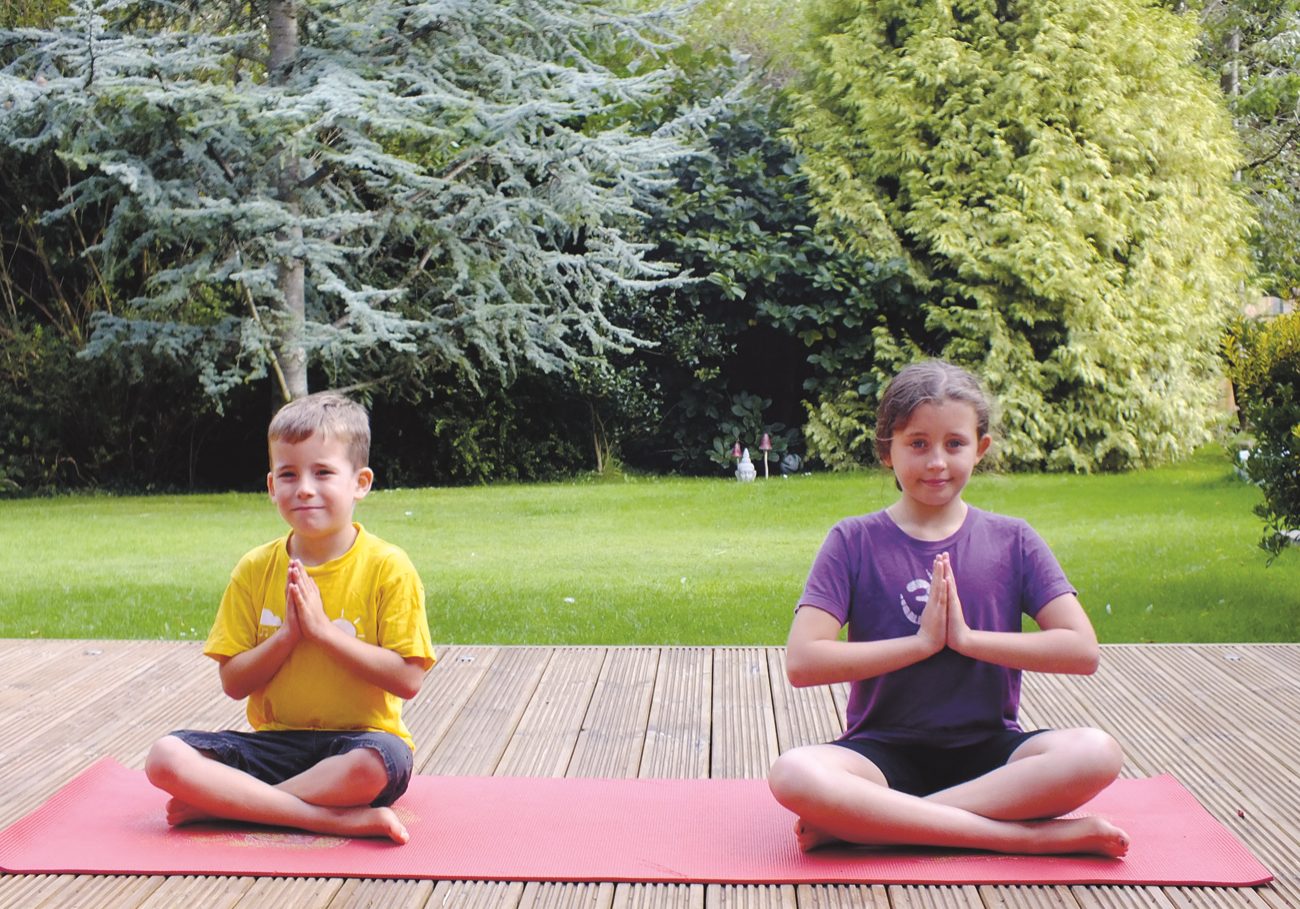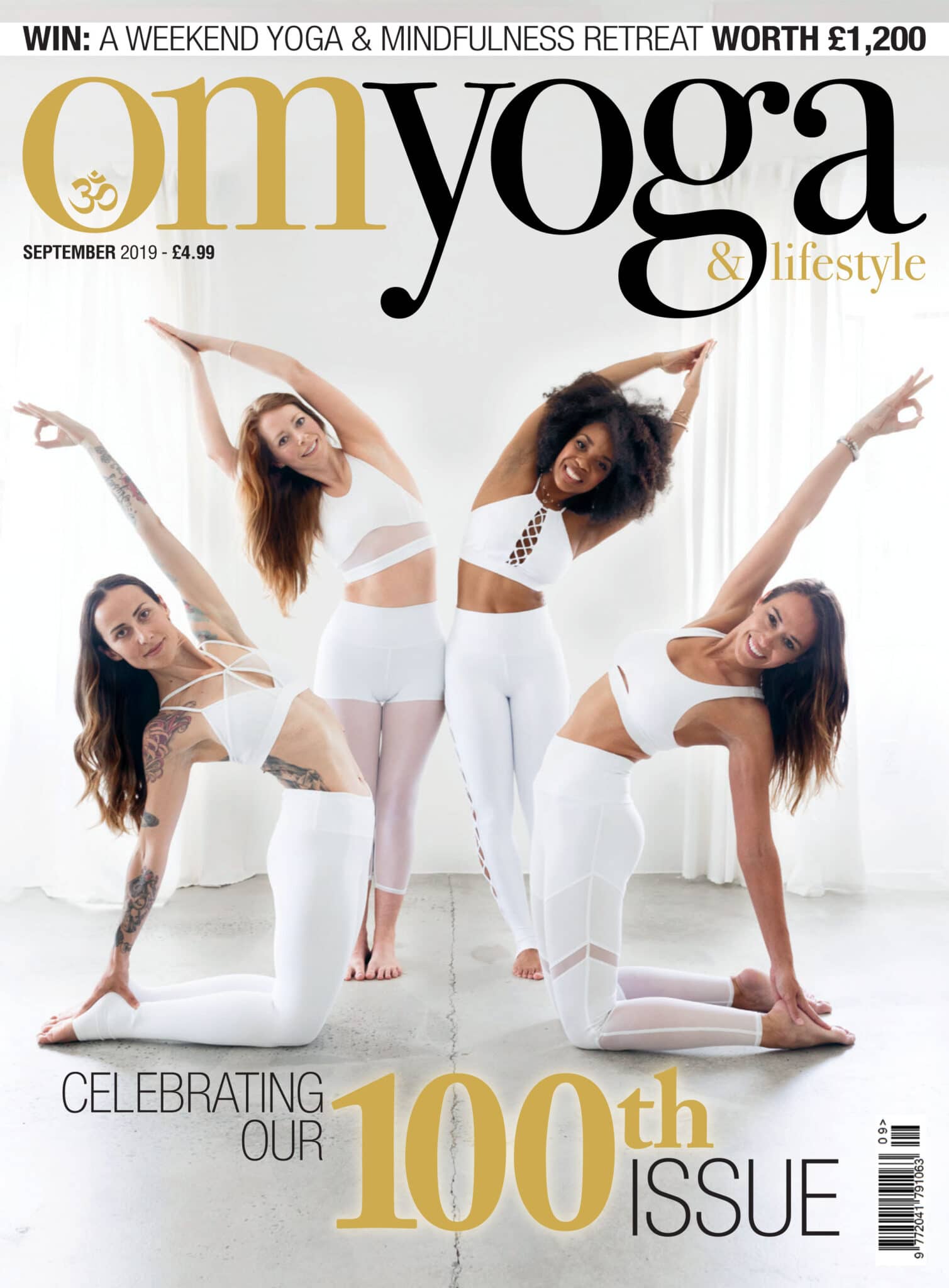
Chakras & children
How can you teach yoga philosophy to children? Chelsea Canovas and Janine Hurley explain their approach to teaching the chakras to children
Children’s hearts are so open. They are filled with love and compassion rather than judgement. They are taught that yoga is fun and benefit from the powerful metaphors of the storytelling that help build self-compassion, morals and ethics. They are invited to go home and teach what they’ve learnt to their grown-ups so they too can reap the benefits, perhaps to think and breathe a little differently. Even more complex topics, such as the chakra system, can be explored if taught in an age-appropriate way.
MULADHARA:
The first chakra can be stimulated by going barefoot and feeling the earth underfoot, stamping on the ground, stomping about, chanting ‘Tat twam asi’ (‘That you are’ or ‘I am That’). Postures such as Tadasana (Mountain) and Tree can work wonders with the Muladhara chakra.
SVADISTANA:
The second chakra is energised by engaging the senses and creativity, getting out into nature or bringing it back in. Let the children bring their awareness to the simple things. Relax and go with the flow. Sun salutations are excellent for creating energy or let the children create their own versions.
“Even more complex topics, such as the chakra system, can be explored if taught in an age-appropriate way.”
MANIPURA:
For the third chakra, in the solar plexus, use positive affirmations, as kids love them. Offer one, such as ‘I am strong and nourished’, or let them create their own, telling them to remember these are ‘magic words’. Said in the ‘here and now’ they can make things happen. Work with abdominal breathing and laughter yoga to energise and assist flow.
ANAHATA:
The fourth chakra (heart chakra) can be energised with loving, healing breaths, hands on hearts, allowing the children to fill their hearts with the things they love, absorbing into the body, making the heart pulse stronger. As they breathe out, feeling the heart becoming bigger and bigger, and widening the arms, as they now have so much love they can share it all with the world… people they love, people in other countries, even people they might not be friends with or even know. Sharing the love! Back-bending postures such as Camel and Snake really help to open the heart flow.
VISHUDDHA:
For the fifth chakra, Vishuddha (communication), use bells or a listening stick, and give everyone the time and opportunity to say what they love, what has been hard today, and what has made them smile. The throat chakra is stimulated with Fish pose to energise the flow.
AJNA:
The sixth chakra, Ajna, our third eye, is the space within. It is how we view the outside world, our dreams and intuition. Don’t forget many children are still plugged in to this state of consciousness, so instead of letting it slip we can practice visualisation and listening to our dreams and imagination. Kids can practice humming bee breath while looking at an imaginary fly sitting on their forehead.
SAHASRARA:
The seventh chakra, Sahasrara is the crown chakra, the place of our spirituality. Meditation and relaxation are important here. We sometimes ask children to draw a picture of somewhere they may have visited in dream land. Alternatively, flying off to unknown lands, lying still and absorbing how the place feels. This children’s form of nidra can enhance the visualisation and journey
Chelsea Canovas and Janine Hurley are creators of Chrysalis Kids and Creative Calm Training
(creative-calm.com)


